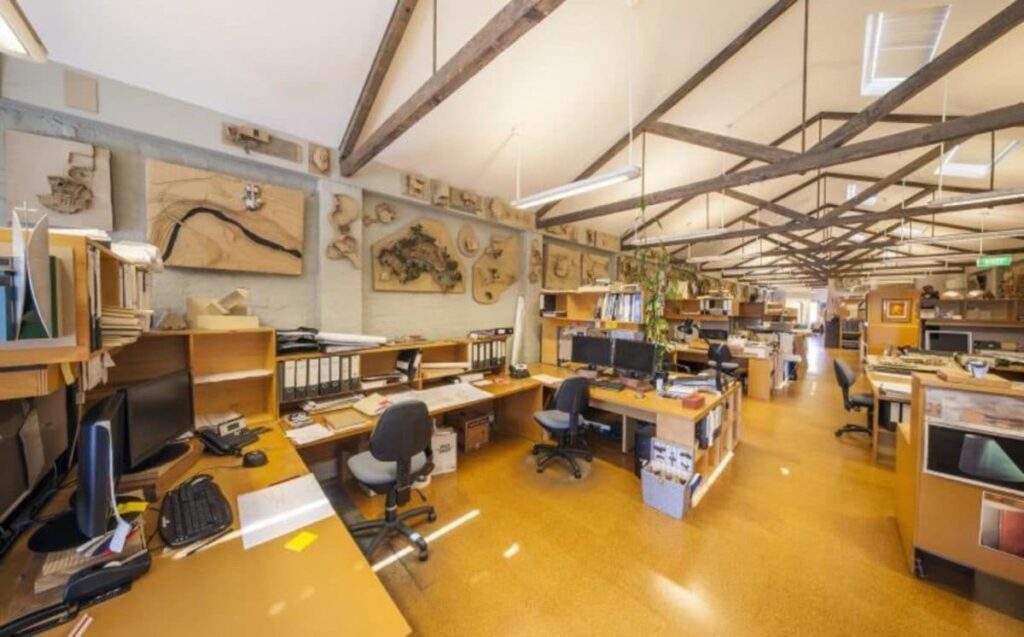Ultimate Guide To Selecting Commercial Lighting August 12, 2017 – Posted in: Commercial Lighting
Choosing the right lights for commercial applications can be tough, especially for special use applications. There is several factors you want to consider before settling on the right light for your facility. Often times we see glaring mistakes when lighting calculations are done poorly – especially with upgrades and renovations that don’t involve an architect or designer. For a free light plan and advice, feel free to call or email us for suggestions.
Factors To Consider
Here is some factors to consider before making a decision:
- Ceiling Height
- Ceiling Type
- Facility Use / Type Of Environment
- Required Brightness
For example: a warehouse conversion to office won’t benefit from regular warehouse lighting, instead a better choice would be suspending linear lights or pendant lights.
Start of by looking at the facility purpose, this should narrow down the lighting options (unless you have a very special case). Here is a list of uses and the light options suggested for them:
- Offices – LED Panels, Troffers, Linear Suspension, Tube Lights, Pendant Lighting
- Warehouse/Storage – High Bay LED, Low Bay LED Lights
- Garages – Canopy Lights, UFO High Bays, Wraparound Fixtures, Shop Light
- Outdoor – Flood Light, Wall Packs, Wall Mount, Canopy
- Other wholesale lights

Open truss office ceiling with suspended pendants – a special circumstance.
Next you want to narrow down your ceiling height so you can choose the right beam angle and light. Remember that these calculations are for beam spread for floor, if you want ample coverage for desks, pallets or anything above that, you want to account for it by subtracting the height of the object to ensure the area is properly lit. Another thing to consider is the number of light sources – too few and you have shadows, too many and you end up wasting money. Along with that, the further the light is away, the more lumens you’ll want to shoot for (stadiums almost always use 240-400+ watt flood lights). Here is a helpful chart to help you choose the right beam angle and spacing:
BEAM WIDTH = ANGLE x .018 x DISTANCE
Example: 120 degree x .018 x 40 ft = 86.4 feet radius
Beam Angle Chart
Ceiling Types
There is several ceiling types that require extra attachments or retrofits to use fixtures. For example, concrete ceilings will need surface mounts for LED panels or use a suspended LED panel design. Other ceiling types require you to choose different lights, so some adjustments might have to made to your lighting plan. These adjustments can vary, from suspension cables to different styles of lights. Keep in mind that narrow beam angles will focus more light on a single location which is great for high ceiling spaces that need high brightness. Typically most uses will need 120 degree beam angle for the most even lighting.
Brightness (Lumens vs Lux)
Here is a great explanation video by Pull My Focus about the difference between Lumens and Lux.

I have been the project manager for Modern.Place since early 2016, spending three of those years working overseas on the manufacturing & procurement side of the LED lighting industry. Constantly learning and passing on knowledge to others while excited for what the lighting industry will involve into next.


